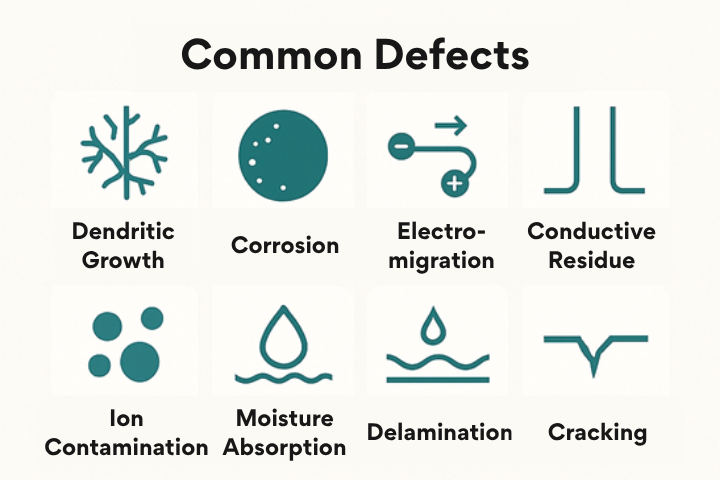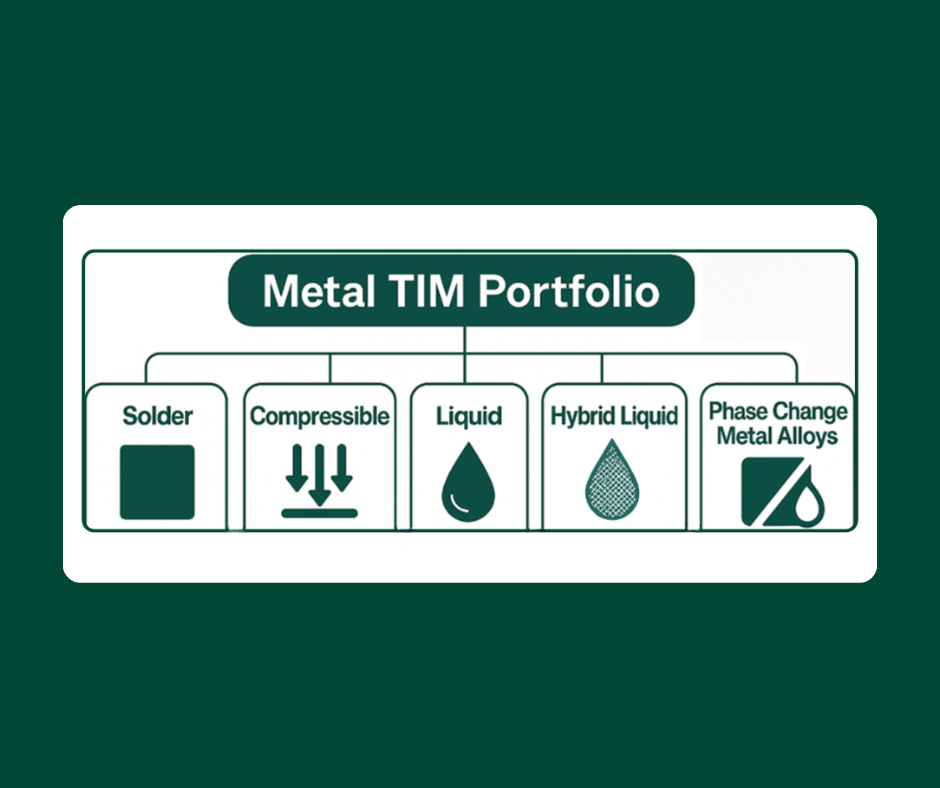Often with the high focus on void reduction on QFN packages, the focus on the actual volume of solder on the center ground slug and its affect on the signal leads is overlooked. Below, is a simple example of too much center paste that can result in non-wet opens or insufficient solder on the signal leads.  [1]
[1]
In the absence of post reflow AOI or in-line x-ray, such a defect may go undetected while hundreds, possible thousands of circuits have been assembled. A similar issue can be caused by too little paste deposit on the center slug. In those cases, the wetting force of the insuffient solder paste deposit can suck the part downwardleading to bulbous solder fillets on the toes and an insufficient bond-line thickness on the signal leads and center slug.

The following photo shows a device that is slanted downward left-to-right. The darker black at the toe of the last lead on the right is the type appearance all leads will appear when a ground slug hasinsufficient solder. Therefore, don't focus on only center slug void reduction but the overall appearance of all the leads.

When in doubt, perform cross sections to insure the bond-line-thickness meets the typical thickness of50 to 75 microns and is consistent across the device. Indium Corporation has solutions for insuring consistent bond-line-thickness where stencil printing and stencil design optimization has come up short.
Footnotes
- ^ "Influence of Reflow Profile and Pb-Free Solder Paste in Minimizing Voids for Quad Flat PackNo-Lead (QFN) Assembly";Authored by: Harish Gadepalli, Rangaraj Dhanasekaran, Dr. S. Manian Ramkumar, Tim Jensen, and Ed Briggs



